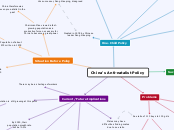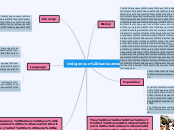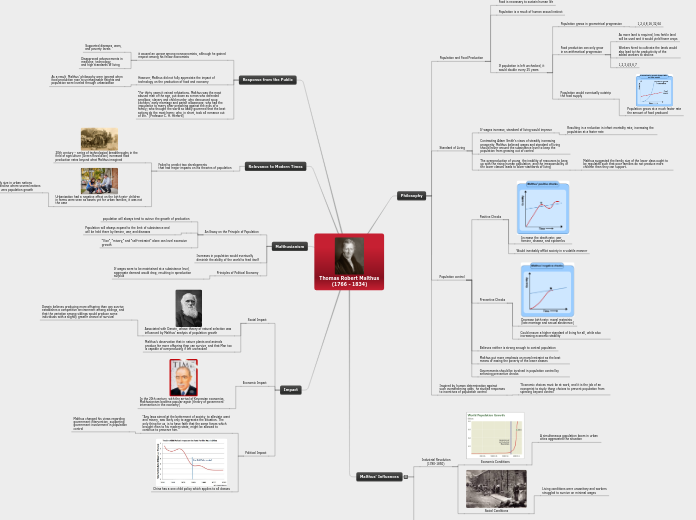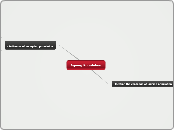by Jay Chen 8 years ago
1157
Antinatalist Policy
China's approach to managing its population has evolved significantly over time, transitioning from a pro-natalist stance under Chairman Mao to a stringent one-child policy introduced by Deng Xiaoping in 1978.









